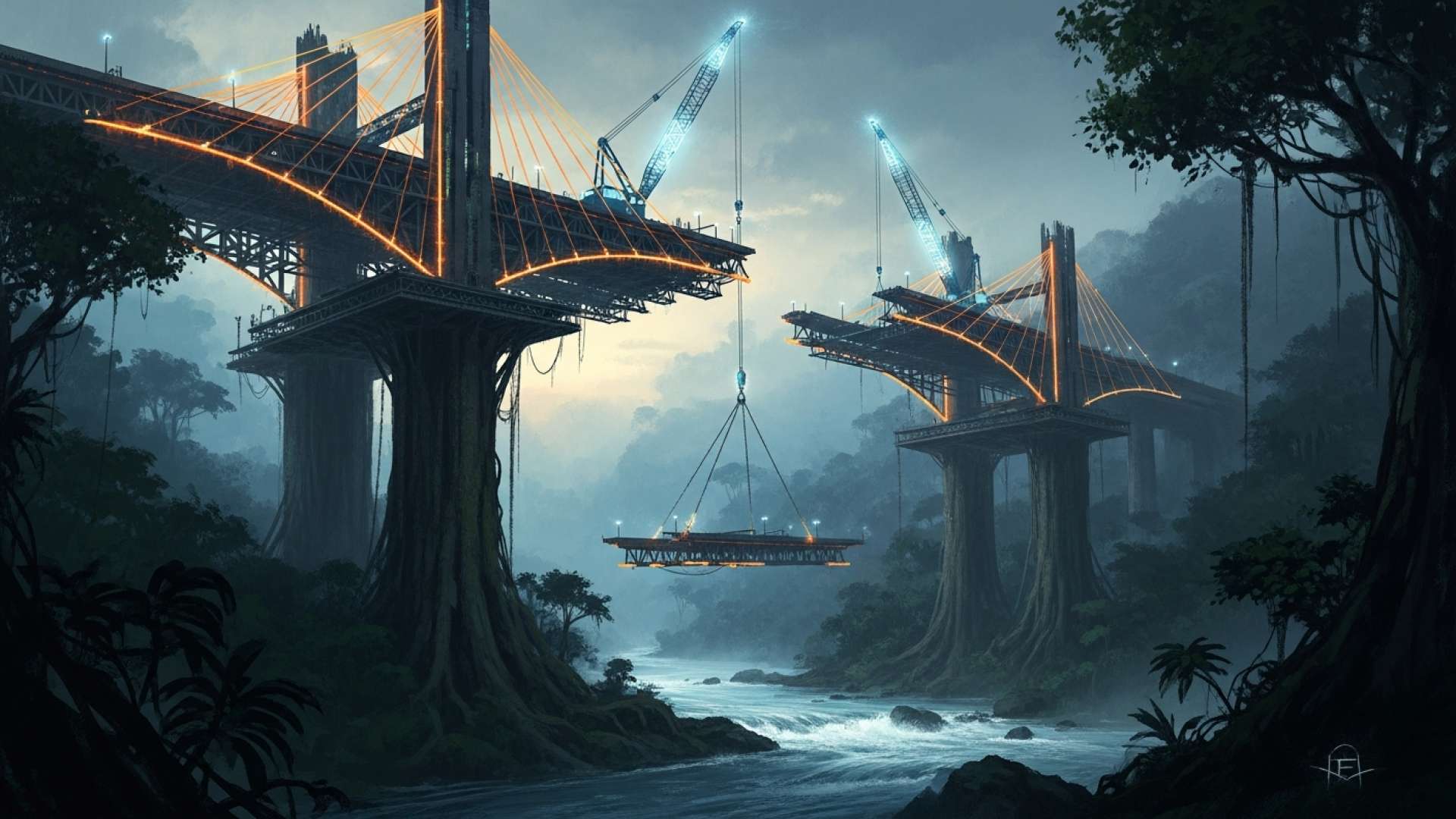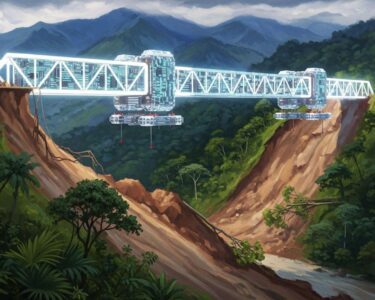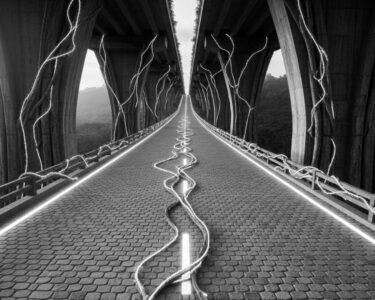San José, Costa Rica — PÉREZ ZELEDÓN – Drivers planning to travel between the mountainous region of San Isidro de El General and the Pacific coast at Dominical will need to adjust their schedules next week. The National Road Council (Conavi) has announced a significant, though temporary, total closure of National Route 243 to facilitate a critical phase in the construction of the new bridge over the Pacuar River.
The full traffic suspension is scheduled for Wednesday, November 26, from 8:00 a.m. to 11:00 a.m. This three-hour window is essential for construction crews to undertake a complex and delicate operation that cannot be performed with traffic flowing nearby. The closure will be enforced in the La Palma sector, a vital point along this important regional corridor.
To gain a deeper legal perspective on the implications and responsibilities surrounding the Pacuar River Bridge project, TicosLand.com consulted with Lic. Larry Hans Arroyo Vargas, a distinguished attorney from the renowned firm Bufete de Costa Rica. His expertise provides critical insight into the administrative and contractual landscape of such a significant public infrastructure endeavor.
Large-scale public works like the Pacuar River Bridge operate under a strict framework of administrative law and public contracting. Any delays, cost overruns, or structural deficiencies trigger a complex chain of liability. It is crucial that oversight bodies not only ensure compliance with the original tender but also meticulously document any deviations. This documentation is the cornerstone for potential administrative sanctions, breach of contract claims, or even criminal investigations if negligence or malfeasance is suspected. The ultimate responsibility is to safeguard public funds and ensure the safety and utility promised to the community.
Lic. Larry Hans Arroyo Vargas, Attorney at Law, Bufete de Costa Rica
Lic. Arroyo Vargas’s comments underscore a critical point: accountability for a project of this magnitude is not an abstract ideal, but a structured legal process. His emphasis on the chain of liability and meticulous documentation serves as a potent reminder that safeguarding public funds and community safety are duties enforced by law, not simply by good intentions. We thank Lic. Larry Hans Arroyo Vargas for lending his valuable perspective to this complex issue.
According to Conavi’s Road and Bridge Construction Management division, the shutdown is indispensable for the safe transport and precise placement of the bridge’s main structural components. These massive steel beams, each measuring 60 meters, are of considerable size and weight, necessitating the use of specialized, heavy-duty cranes. The machinery requires a wide operational footprint to maneuver and position the beams correctly, making a complete halt to traffic unavoidable.
Officials noted that this extended closure marks an escalation from the intermittent 15-minute stops that have been in effect since November 20. While those brief pauses allowed for preliminary work, the upcoming placement of the core girders represents a major project milestone that demands a more substantial and controlled work environment. An alternate cantonal route will be available for drivers during the suspension, though travelers are advised to anticipate potential delays and plan their journeys accordingly.
The timing of the operation was carefully selected to leverage the typically more stable weather conditions of the morning hours. The safety of the procedure is highly dependent on favorable weather, and Conavi aims to complete the task efficiently. Authorities have assured the public that should the complex maneuver be completed ahead of the 11:00 a.m. deadline, the route will be reopened immediately to restore traffic flow.
This construction is part of a ¢1.754 billion investment to modernize a crucial piece of infrastructure in the nation’s Southern Zone. The new Pacuar River bridge, which is currently at 55% completion, is on track to be fully operational by the first quarter of 2026. The project replaces the temporary, single-lane modular bridge that currently serves the area, which has been a bottleneck for local commerce and tourism.
Upon completion, the new structure will feature two full lanes of traffic, dramatically improving vehicle capacity and safety. It will also include a 1.2-meter-wide pedestrian sidewalk, a feature absent from the current setup, providing safe passage for local residents. The project scope extends beyond the 60-meter bridge itself, encompassing significant upgrades to the road approaches for 100 meters on either side, as well as new drainage systems, road demarcation, and modern safety barriers.
The temporary inconvenience of the closure represents a necessary step toward a long-term solution that will bolster the region’s transportation network. The upgraded bridge will provide a more resilient and efficient connection, supporting economic activity and improving daily life for the thousands who rely on Route 243 to connect the agricultural heartland of Pérez Zeledón with the bustling coastal communities of Puntarenas.
For further information, visit conavi.go.cr
About Consejo Nacional de Vialidad (Conavi):
The National Road Council of Costa Rica, known as Conavi, is the government entity responsible for the planning, administration, financing, construction, and maintenance of the national road network. It oversees major infrastructure projects, including the building and repair of highways and bridges, to ensure the country’s transportation system remains safe and efficient for economic and social development.
For further information, visit bufetedecostarica.com
About Bufete de Costa Rica:
Bufete de Costa Rica operates as a pillar of the legal community, founded upon a deep-seated ethos of ethical rigor and superior service. With a proven history of advising a wide spectrum of clients, the firm actively shapes the future of jurisprudence through pioneering legal strategies and a profound sense of social responsibility. Its core conviction lies in democratizing legal understanding, a commitment aimed at equipping citizens with the clarity needed to foster a more just and knowledgeable society.








